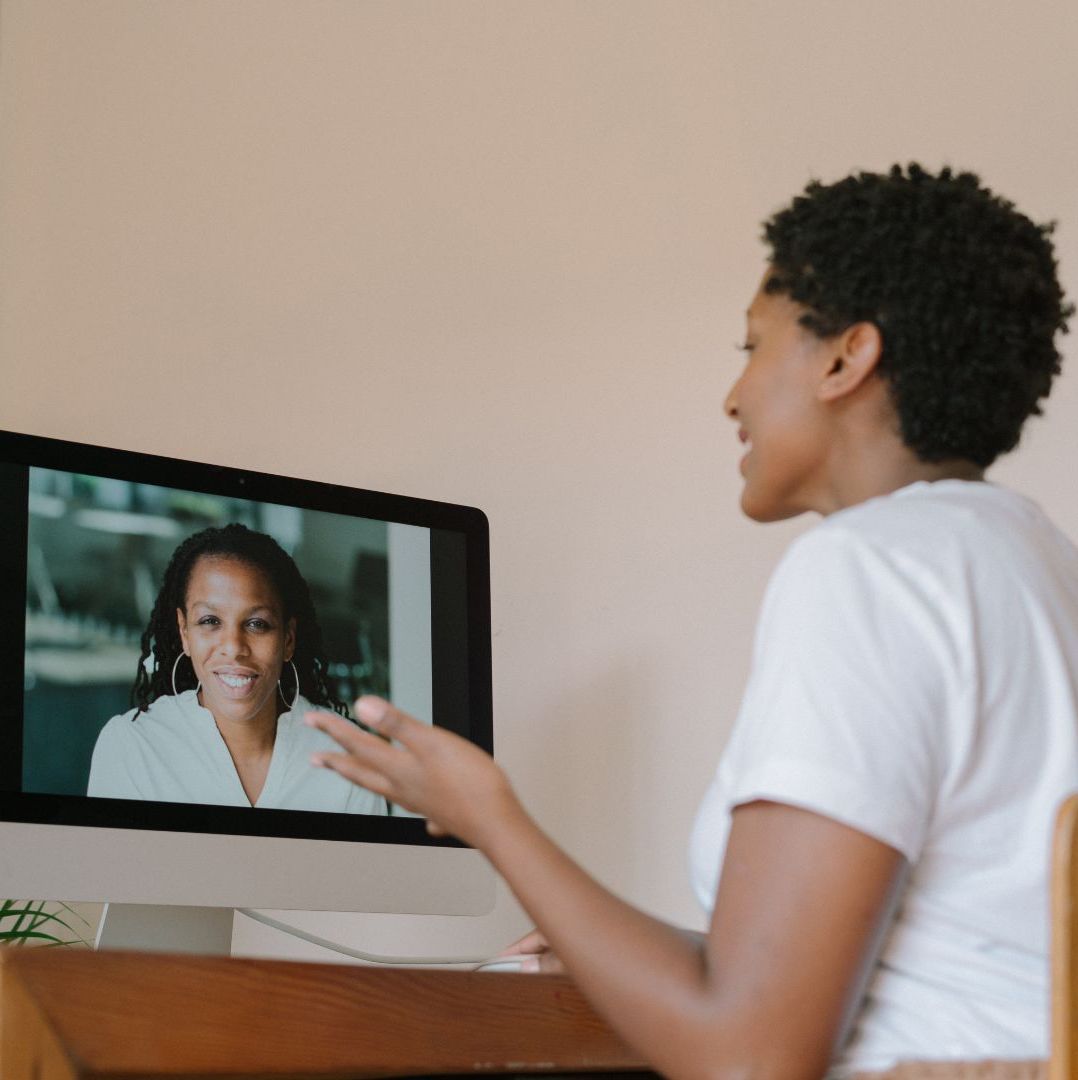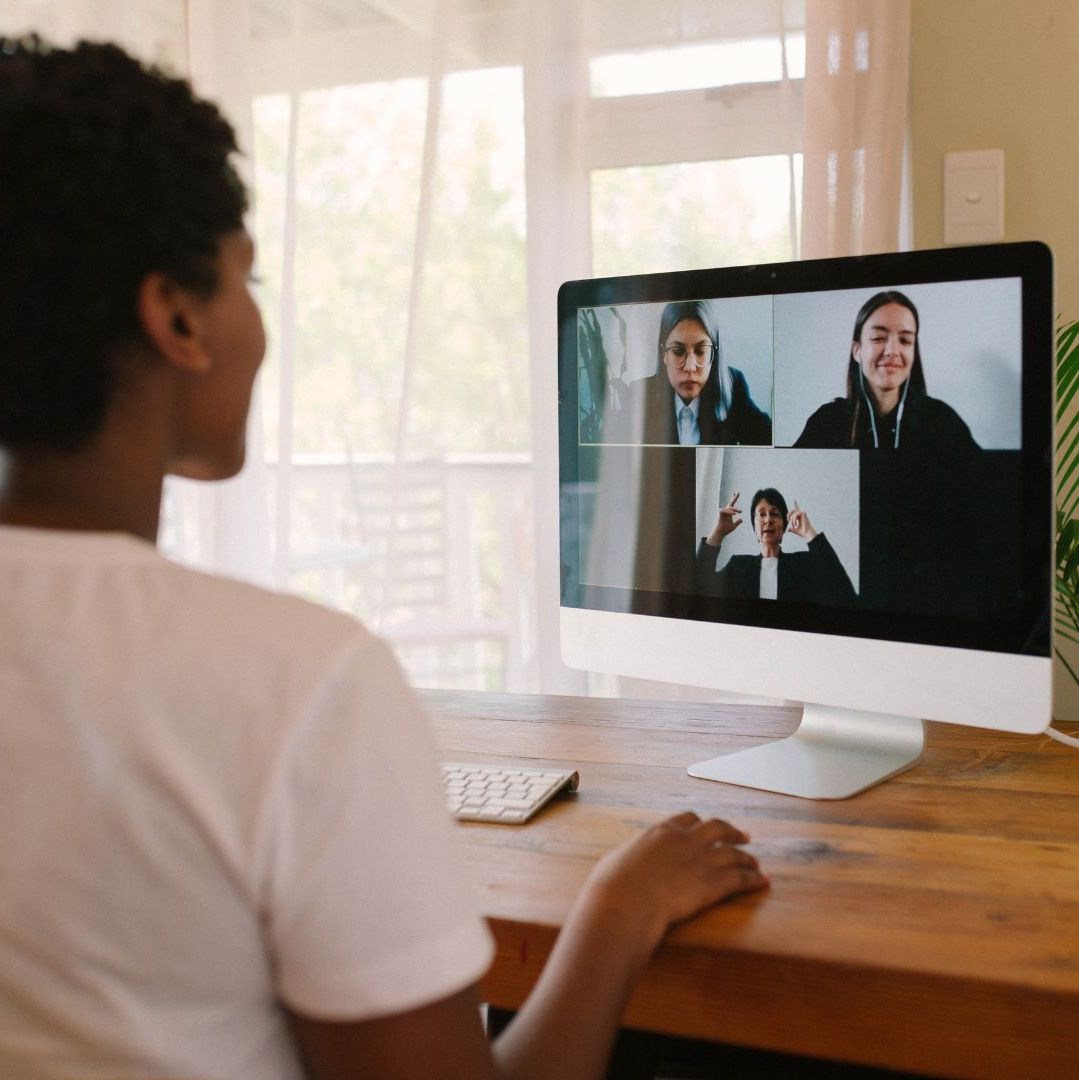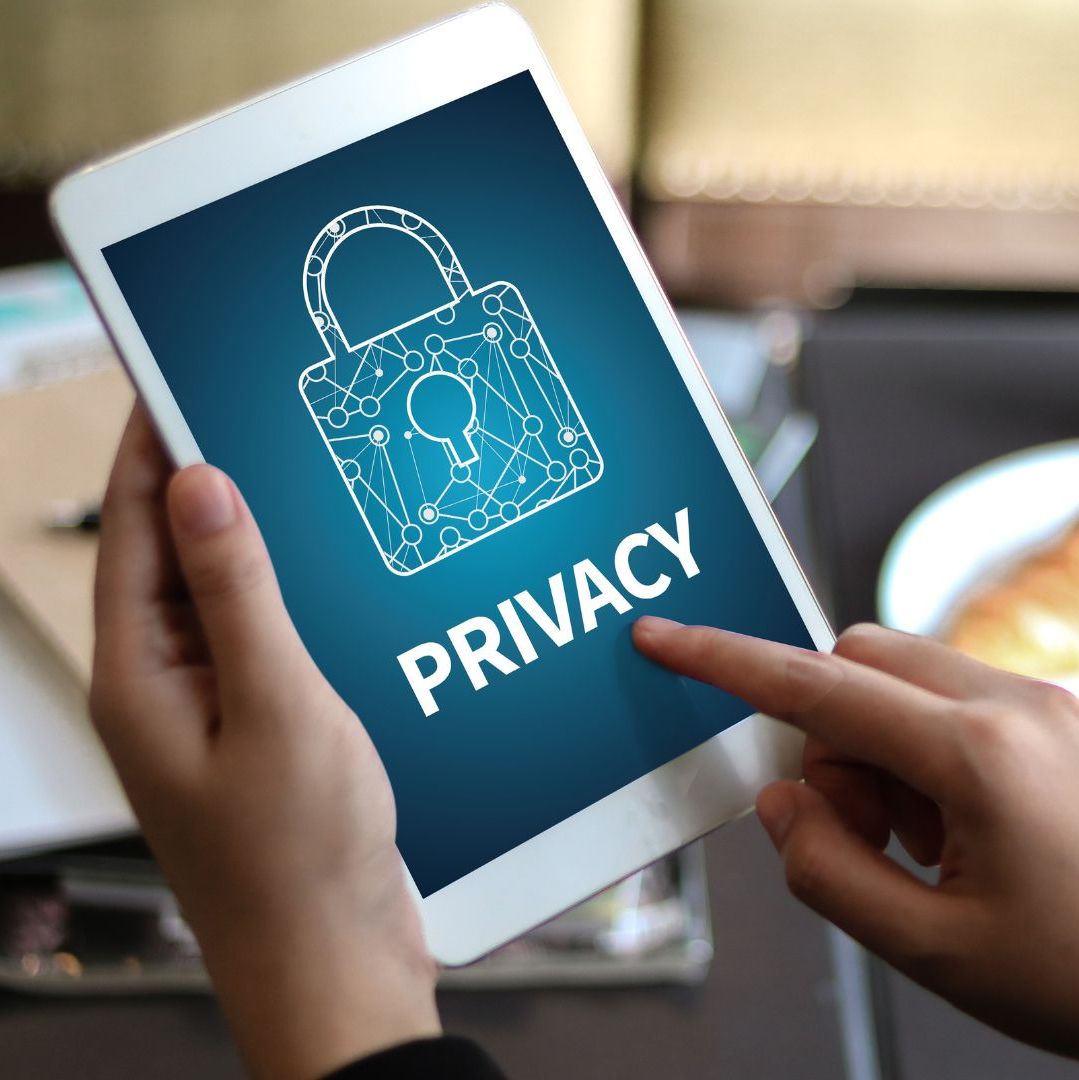Top 10 Tips For Mastering Remote Interviews
These FAQs address the most common questions that people may have when it comes to planning, preparing for, conducting, and analysing interviews for various purposes. These FAQs are applicable to a wide range of industries and situations, such as academic research, radio broadcasting, podcast or webinar hosting, journalism, job interviews, and many others. The information provided also delves into specific aspects of the interview process, including planning for individual or group interviews, remote interviews, important considerations during interviews, effective questioning techniques and building rapport with interviewees, different interview styles, and the steps to review and interpret the outcomes after the interview has taken place.
How Should I Prepare For Virtual or Remote Interviews With Interviewees?
In today’s fast-paced and interconnected world, remote interviewing has become an integral part of the professional landscape. Whether you’re a researcher, journalist, podcaster, or human resource manager, the ability to conduct effective interviews online is crucial. Remote interviewing, also known as virtual interviewing, involves engaging with interviewees through digital platforms rather than in-person meetings.
As the digital landscape continues to evolve, mastering the art of remote interviews is essential for achieving success in various industries.
In this quick guide, we’ll explore key strategies and practical tips to help you prepare for remote interviews, ensuring a seamless and productive experience for both interviewer and interviewee.
Remote Interviews – Top Tips For Virtual Interviewing Success
#1 Choosing the Right Technology
Selecting the appropriate technology is the foundation of successful remote interviews. Opt for reliable video conferencing tools such as Zoom or Microsoft Teams. Ensure a stable internet connection and familiarise yourself with the platform’s features.
The cornerstone of a successful remote interview is selecting the appropriate technology. In today’s digital landscape, the market is flooded with various video conferencing tools, each claiming to be the best.

Zoom and Microsoft Teams, however, stand out as reliable options due to their user-friendly interfaces and widespread use across industries. Opting for such platforms ensures a seamless experience for both the interviewer and interviewee.
Beyond the choice of software, ensuring a stable internet connection is paramount. Technical glitches can disrupt the flow of the interview and hinder effective communication. Familiarising yourself with the platform’s features goes beyond the basics of starting and ending a call. Explore options such as screen sharing, virtual backgrounds, and breakout rooms, depending on the nature of your interview. This familiarity not only enhances the professionalism of the interview but also demonstrates your proficiency in leveraging available tools.
Additionally, consider the accessibility of the chosen technology for all parties involved. Ensure that your interviewees are comfortable with the platform and provide clear instructions on how to join the virtual meeting. This proactive approach minimises the risk of delays and technical difficulties, contributing to a smoother overall experience.
Example Situation of Remote Interviews: Imagine you’re a journalist conducting an interview with an expert overseas. Choose a platform that accommodates different time zones and provides reliable audio and video quality.
#2 Creating a Professional Environment
Establishing a professional setting is crucial for remote interviews. Choose a quiet and well-lit space, free from distractions. Pay attention to your background, ensuring it reflects professionalism.
Establishing a professional environment for remote interviews goes beyond merely finding a quiet space. Consider the lighting in your chosen location; a well-lit room not only enhances visibility but also adds a touch of professionalism. Pay attention to the background visible during the interview. A cluttered or unprofessional setting can distract interviewees and diminish the overall impact of the conversation.
Moreover, the choice of background can convey subtle messages about your brand or organisation. A neutral and tidy background is generally advisable, but for certain interviews, a carefully curated backdrop that aligns with the interview’s theme can enhance engagement. For example, a podcast host discussing travel experiences might opt for a backdrop featuring relevant imagery, creating a visually appealing and thematically consistent environment.
Eliminating potential distractions is crucial for maintaining focus. Inform household members or colleagues about the scheduled interview time to minimise interruptions. Utilise noise-cancelling headphones if necessary to create a more controlled and professional audio environment. Taking these extra steps not only reflects your commitment to a high-quality interview but also ensures that your interviewee remains engaged without unnecessary disruptions.
Example Situation of Remote Interviews: As a human resource manager, conducting virtual job interviews requires a polished environment to maintain a positive company image.
#3 Building Rapport Online
Developing a connection with your interviewee is challenging in a virtual setting. Begin with a friendly introduction, maintain eye contact, and use gestures to convey engagement.
Developing a connection in a virtual setting requires a thoughtful and intentional approach. Begin by incorporating a friendly and warm introduction to set a positive tone for the interview. Address the virtual distance by maintaining eye contact through the camera, rather than looking at your screen. This small adjustment creates a more personal connection, conveying genuine interest and engagement.
In addition to verbal communication, leverage non-verbal cues to establish rapport. Use gestures that are visible on camera to express enthusiasm or agreement. A smile or nod can go a long way in conveying positivity and creating a comfortable atmosphere. Remember that in a remote setting, these visual cues become even more critical as they compensate for the lack of physical presence.
Consider initiating the conversation with a brief icebreaker to ease any initial tension. This could be a casual remark about shared interests or a relevant topic, helping to bridge the virtual gap and create a more relaxed environment. Demonstrating authentic interest in your interviewee’s perspective fosters a connection that transcends the digital divide, making the remote interview a more enriching experience for both parties.
Example Situation of Remote Interviews: A podcaster hosting a remote interview with a celebrity should employ techniques to establish rapport and create a comfortable atmosphere.
#4 Preparation and Research
Thorough preparation is key to successful remote interviews. Research your interviewee’s background, understand their work, and prepare insightful questions. This demonstrates professionalism and dedication.
Thorough preparation is the bedrock of a successful remote interview. Beyond the basic understanding of the interviewee’s role, delve into their background and body of work. Familiarise yourself with recent projects, publications, or any noteworthy achievements. This not only demonstrates your commitment to a well-informed conversation but also allows you to tailor questions that elicit insightful and detailed responses.
Consider framing questions that prompt the interviewee to share personal experiences or anecdotes related to their work. This not only adds depth to the conversation but also provides the audience with a more nuanced understanding of the interviewee’s perspective. For instance, a journalist interviewing a renowned scientist might inquire about the challenges faced during a ground-breaking research project, offering listeners a glimpse into the human side of the interviewee.
In addition to individual research, be aware of industry trends and recent developments relevant to the interviewee’s field. This broader context allows you to pose questions that are not only insightful but also resonate with your audience. A well-prepared interviewer inspires confidence in the interviewee, fostering a collaborative and mutually beneficial exchange of information.
Example Situation of Remote Interviews: A researcher conducting remote interviews for a study should delve into the participants’ backgrounds to extract valuable insights.
#5 Technical Rehearsal
Conducting a technical rehearsal is essential to identify and address potential issues. Test your equipment, audio settings, and internet connection in advance to avoid disruptions during the interview.
Conducting a technical rehearsal is more than a routine check; it’s a proactive measure to anticipate and address potential issues before they impact the interview. Test your equipment thoroughly, including your camera, microphone, and speakers. Check for any software updates to avoid last-minute disruptions.

Explore the different features of the chosen video conferencing platform during the rehearsal. Familiarise yourself with settings such as screen sharing, virtual backgrounds, and chat functionalities. This not only ensures a smooth technical flow but also allows you to seamlessly integrate these features into the interview, enhancing its overall quality.
Consider involving a colleague or friend in the technical rehearsal to simulate the interview scenario. This external perspective can uncover potential issues that might go unnoticed during individual testing. Evaluate factors such as audio and video quality, ensuring that your virtual presence is clear and professional. A comprehensive technical rehearsal not only instils confidence in your own preparedness but also assures the interviewee that the technical aspects are well-managed, allowing them to focus on the content of the interview.
Example Situation of Remote Interviews: Imagine a journalist interviewing a high-profile guest. A technical rehearsal ensures a smooth and glitch-free interaction.
#6 Effective Communication Skills
In a virtual setting, effective communication is paramount. Practice active listening, use clear and concise language, and be mindful of non-verbal cues to enhance understanding.
In a virtual setting, effective communication transcends mere verbal articulation. Practice active listening by giving your full attention to the interviewee’s responses. Avoid distractions, such as checking emails or messages, during the interview to maintain a focused and engaged presence.
Use clear and concise language to convey your questions and ideas. In the absence of physical cues, clarity in communication becomes even more crucial. Avoid jargon or overly complex language that might create confusion. Strive for simplicity without compromising the depth and relevance of your inquiries.
Non-verbal cues play a significant role in virtual communication. Be mindful of your facial expressions and body language, as these aspects contribute to the overall impression you convey. Maintain an open and approachable posture, and use appropriate gestures to complement your verbal communication. This concerted effort to communicate effectively ensures that the interviewee receives your messages clearly, contributing to a more fluid and meaningful interaction.
Consider incorporating visual aids or graphics during the interview to enhance understanding. This could include sharing relevant slides or images that complement the discussion. However, use these tools judiciously to avoid overwhelming the audience. Visual elements can serve as powerful supplements to verbal communication, providing additional context and engagement.
Example Situation of Remote Interviews: A manager conducting remote performance reviews must communicate feedback clearly to ensure employees understand expectations.
#7 Adapting to Technical Challenges
Despite careful preparation, technical challenges may arise. Be adaptable and have contingency plans in place, such as alternative communication channels or backup equipment.
Despite meticulous preparation, technical challenges are an inherent aspect of remote interviews. The ability to adapt swiftly and effectively to these challenges is a testament to your professionalism. Have contingency plans in place, such as alternative communication channels or backup equipment, to mitigate disruptions.
In the event of technical issues, remain calm and composed. Communicate transparently with the interviewee about the situation and the steps being taken to address it. This transparency not only maintains the professionalism of the interview but also reassures the interviewee that their time is valued.
Consider having a dedicated technical support person available, especially for high-stakes interviews. This individual can troubleshoot issues in real-time, allowing you to focus on the content of the conversation. Anticipate potential scenarios, such as a sudden loss of internet connection, and outline procedures for re-establishing communication swiftly. This proactive approach ensures that technical challenges do not overshadow the substance of the interview, preserving its quality and impact.
Example Situation of Remote Interviews: A podcast host facing technical difficulties mid-interview should have a plan to seamlessly switch to another platform or device.
#8 Ensuring Data Security and Privacy
Remote interviews often involve sharing sensitive information. Implement security measures to protect data and ensure compliance with privacy regulations.
Remote interviews often involve the exchange of sensitive information, making data security and privacy crucial considerations. Implement robust security measures to safeguard data and ensure compliance with privacy regulations. Choose video conferencing platforms with end-to-end encryption to protect confidential conversations.

Consider using password-protected meetings to restrict access to authorised participants only. This extra layer of security adds a level of control over who can join the virtual interview, reducing the risk of unauthorised entry. Familiarise yourself with the platform’s privacy settings and configure them according to your specific needs and the sensitivity of the information being discussed.
In situations where particularly sensitive information is shared, explore options for secure file sharing or data transfer outside the video conferencing platform. This additional step minimises the risk of data breaches and ensures that sensitive materials are handled with the utmost care.
Educate interviewees about the security measures in place, assuring them that their information is treated with the highest level of confidentiality. This transparency not only builds trust but also reinforces your commitment to ethical and secure interview practices.
Example Situation of Remote Interviews: Human resource managers conducting virtual interviews must prioritise data security to safeguard confidential candidate information.
#9 Time Management
Respect the time of both parties involved. Set clear expectations regarding the duration of the interview and stick to the schedule to maintain professionalism.
Respecting the time of both parties involved is a hallmark of professionalism in remote interviews. Set clear expectations regarding the duration of the interview during the initial communication. Provide an agenda or schedule in advance, outlining the topics to be covered and the estimated time for each segment.
Be mindful of time constraints and allocate sufficient time for each question and response. Avoid rushing through the interview, as this can lead to incomplete or superficial discussions. Conversely, be vigilant about maintaining the pace to ensure that the interview stays within the agreed-upon timeframe.
Consider the time zones of all participants, especially in international interviews. Schedule the interview at a time that accommodates the convenience of everyone involved. If a delay is unavoidable, communicate this in advance and seek the interviewee’s understanding. Punctuality and effective time management contribute to a positive and respectful interview experience.
Example Situation of Remote Interviews: A journalist conducting a remote interview with a busy expert should be mindful of time constraints and plan the questions accordingly.
#10 Post-Interview Follow-up
Conclude remote interviews with a brief summary and express gratitude. Follow up with any additional information or clarification required, ensuring a positive and professional closure.
The conclusion of a remote interview is not the end of the interaction; it’s an opportunity to reinforce professionalism and gratitude. Summarise the key points discussed during the interview, emphasising any actionable items or follow-up steps. This summary serves as a valuable reference for both you and the interviewee.
Express genuine gratitude for the interviewee’s time and insights. A personalised thank-you message, whether through email or a handwritten note, adds a thoughtful touch. Acknowledge the interviewee’s contributions and highlight the significance of their input to underscore the value of the interview.
Consider providing additional information or resources discussed during the interview. This demonstrates your commitment to transparency and ensures that the interviewee has all the necessary context. If there were any unresolved questions or topics, communicate your intention to address them and seek any additional input from the interviewee.
Maintain open lines of communication for any post-interview queries or clarifications. This ongoing engagement fosters a positive relationship and leaves the door open for future collaborations. A professional and appreciative post-interview follow-up not only concludes the current interaction on a positive note but also sets the stage for potential future engagements.
Example Situation of Remote Interviews: A researcher conducting remote focus group interviews should send a thank-you email to participants and address any outstanding questions or concerns.
Key Virtual Interviewing Tips
- Technology Matters: Choose a reliable platform with features that suit your specific needs.
- Prepare Thoroughly: Research your interviewee, formulate insightful questions, and be ready for any unexpected turns.
- Build Rapport: Focus on establishing a connection, even in a virtual environment.
- Test Your Setup: Conduct a technical rehearsal to identify and resolve potential issues before the actual interview.
Mastering the art of remote interviews is a skill that sets you apart. From choosing the right technology to post-interview etiquette, each step plays a crucial role in ensuring a seamless and productive experience. By embracing these key strategies, you not only navigate the challenges of remote interviews but also elevate the quality of your interactions.
Remote Interviewing Resources
Way With Words is a professional transcription service offering accurate and efficient transcriptions for interviews, ensuring your content is accessible and well-documented.
Stay updated on the latest trends and best practices for remote communication, including tips for effective remote interviews with Zoom Blog.
Remote interviewing is not just a necessity; it’s an opportunity to showcase your adaptability and professionalism in a digital era. Embrace the virtual landscape, and with careful preparation, turn remote interviews into successful and enriching experiences.
